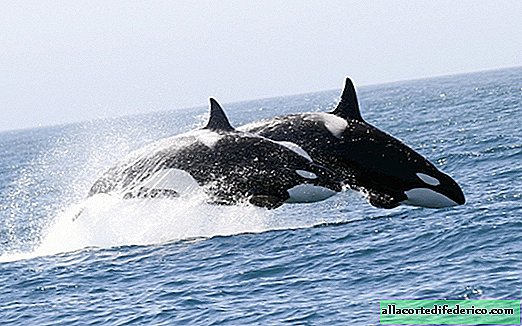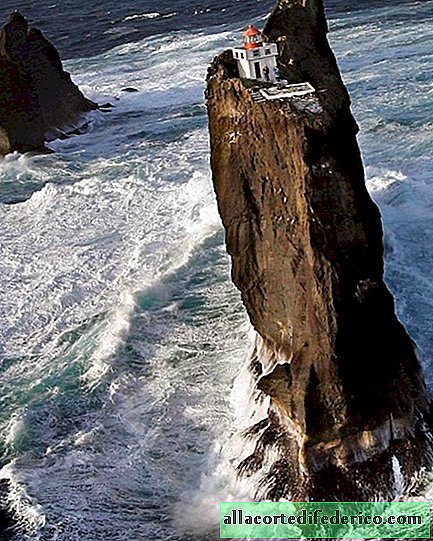Killer whales are the most loving and caring relatives in the animal kingdom.
Due to numerous documentaries revealing in detail the hunting talents of killer whales, the appearance of bloodthirsty and ruthless killers has formed in the mass consciousness. Of course, killer whales are perfect sea hunters, but they are interesting not only for this. In fact, they are very intelligent mammals with complex social organization and strong ties within their community. And not so long ago, scientists managed to find out that killer whales become very vulnerable to the death of one of the family members, since the remaining relatives can hardly restore the usual hunting patterns and establish contact with strangers.

Killer whales belong to the suborder of toothed whales and are the closest relatives of dolphins, narwhals and belugas. These are quite large marine mammals, whose weight can reach 8 tons. The habitat of killer whales includes almost the entire World Ocean, with the exception of the very cold seas of the Arctic Ocean and the Black Sea. At the same time, researchers note that in each region and in each particular flock of killer whales there is its own set of hunting strategies and its own language of communication, which are improved and transmitted in the process of training the younger generation. The feeding of these toothed whales, as well as the hunting techniques used, depend on their area of residence. That is, killer whales are sea kings of adaptation, who were able to master almost all areas of the planet, adapting to different diets and climatic parameters.

Biologists distinguish sedentary (resident) and migratory (transit) killer whales that make seasonal movements. Interestingly, killer whale populations that differ in lifestyle never mix with each other, even during the breeding season. But the structure of their families is largely similar and unites several generations of whales, each of which plays a role in the community. Although experts note that migratory killer whales are distinguished by a simpler arrangement of the family and a smaller number of participants.

The dominant position in the family is occupied by the female; occasionally there are groups led by the male. Further down the hierarchical ladder are its direct descendants - children and grandchildren. Given the fact that killer whales often live up to 50-90 years, there may be great-grandchildren in such a family. Adult males often leave the group and live separately, only during the breeding season adjacent to any family. It turns out that a typical family of killer whales most often consists of related females and their young. Although scientists have repeatedly noted the presence of significant males in the group, for example, in flocks of killer whales that hunt sperm whales, it is the male who plays the leading role during the hunt. Not all killer whales prey on whales and dolphins. There are flocks specializing exclusively in herring and possessing techniques for stunning and herring fish.

Despite the fact that killer whales keep almost all inhabitants of the World Ocean at bay, friendliness and mutual understanding reign within the family. In the families of these whales there are no fights and squabbles even because of prey, and they treat the wounded or old individuals with special care. By the way, females of killer whales survive to 90 and even 100 years, but at the same time, after 40-50 years, they cease to breed and all their forces are spent on raising the younger generation. Such tactics are bearing fruit and increase the chances of survival of the younger generation.

Social connections within the family are very strong and important for the full life of whales. It was found that males who fought off the pack or did not take an active part in its life had a lower life expectancy than their relatives, who had a high social status. Perhaps this explains the short life span of these whales in captivity. Usually animals with good nutrition and care live longer than in their natural habitat, but in the case of killer whales this rule does not work.

Such friendship and cohesion has a negative side: the death of killer whales, especially those that play a leading role in the family, often puts other members of the family at risk. This was found out by a group of scientists who studied killer whales that live in the Indian Ocean. The loss of one of the family members affects both the hunting successes and the defense of the whales from external enemies, including poachers.


















